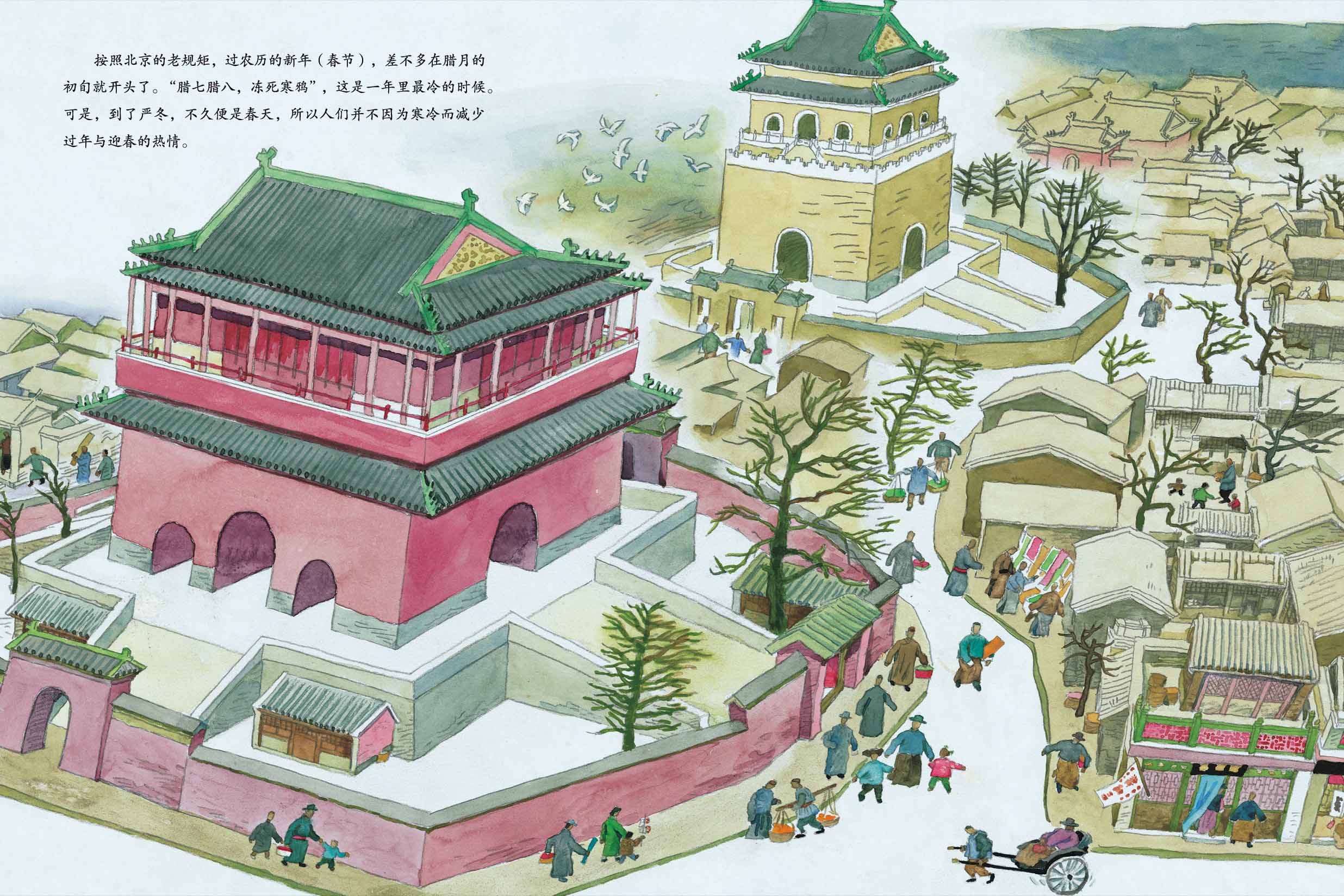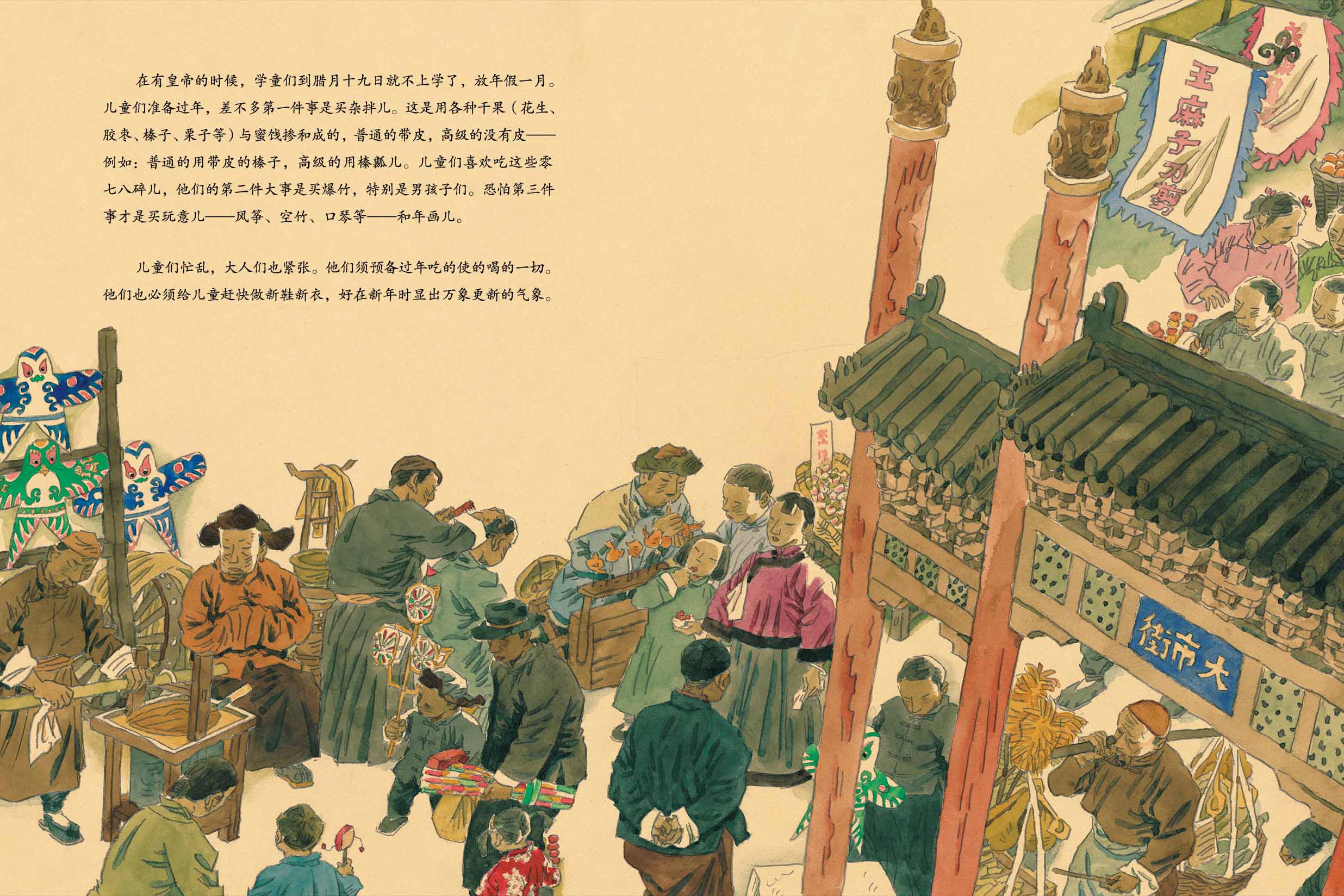
In a new picture book, a 66-year-old Beijinger recaptures the capital’s Lunar New Year traditions for children, Xing Yi reports.
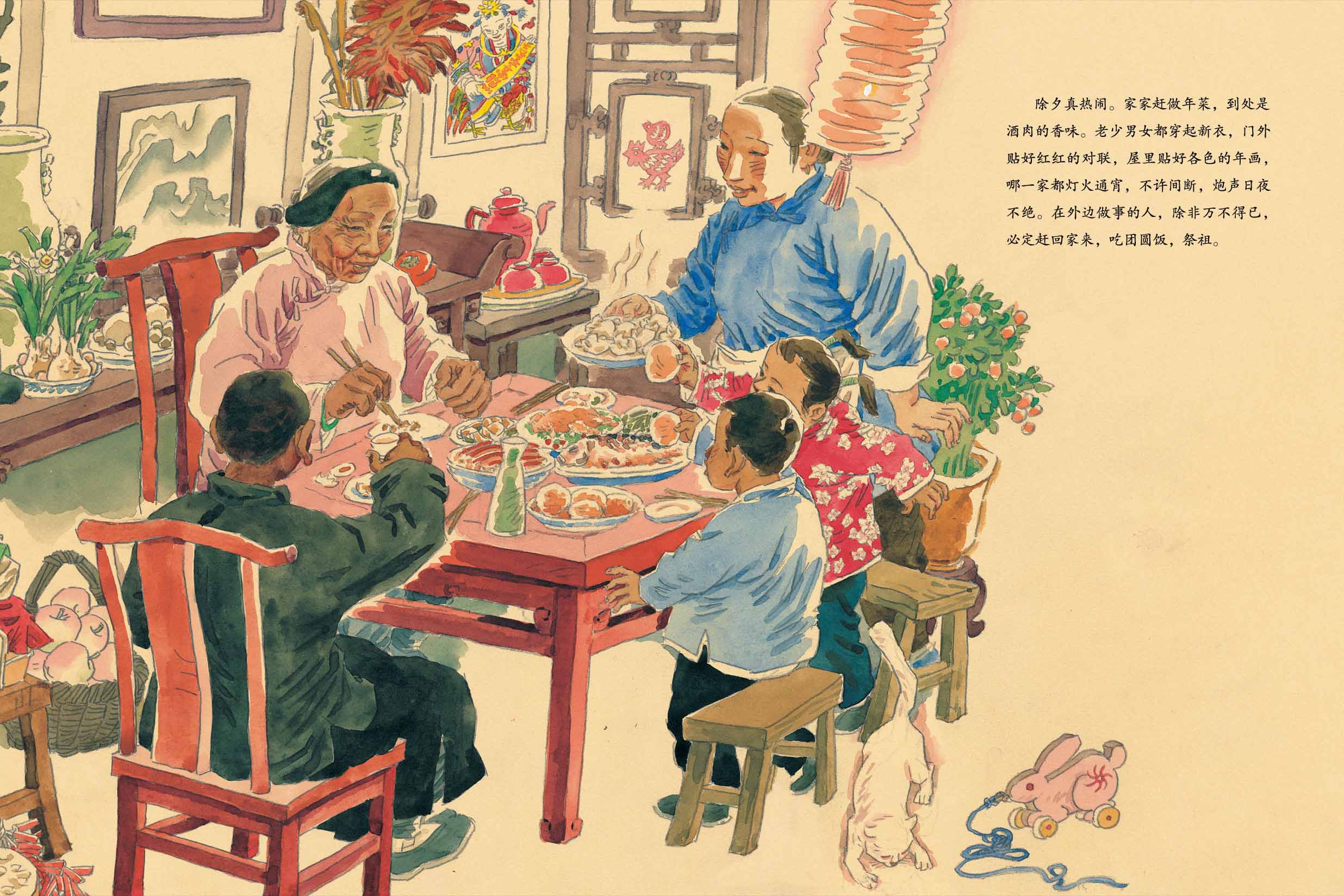
In the Chinese lunar calendar, the 23rd day of the 12th lunar month, which falls on Feb 11 this year, is the “Little Chinese New Year”. Traditionally, people will set off firecrackers to bid farewell to the Kitchen God who returns to Heaven to report the activities of every household over the past year to the Jade Emperor.
However, such customs have lessened with time in the city and might seem unfamiliar to children nowadays.
In order to preserve traditions for the next generation, Yu Dawu, a 66-year-old painter, recently published a picture book, Spring Festival in Beijing, for children to see how people used to celebrate the Chinese New Year.
Based on an essay by Lao She (1899-1966), one of the most significant writers in modern Chinese literature, the picture book starts from the first holiday, La Ba, the eighth day of the 12th lunar month of the past year, when tradition says people should eat congee made of eight ingredients to bring good fortune in the coming year. It concludes with the Lantern Festival on the 15th day of the first lunar month of the new year, which marks the end of the Spring Festival.
In the book, Yu creates a local family of four who live in an ordinary quadrangle courtyard, and readers follow the family as it celebrates the festival traditions.
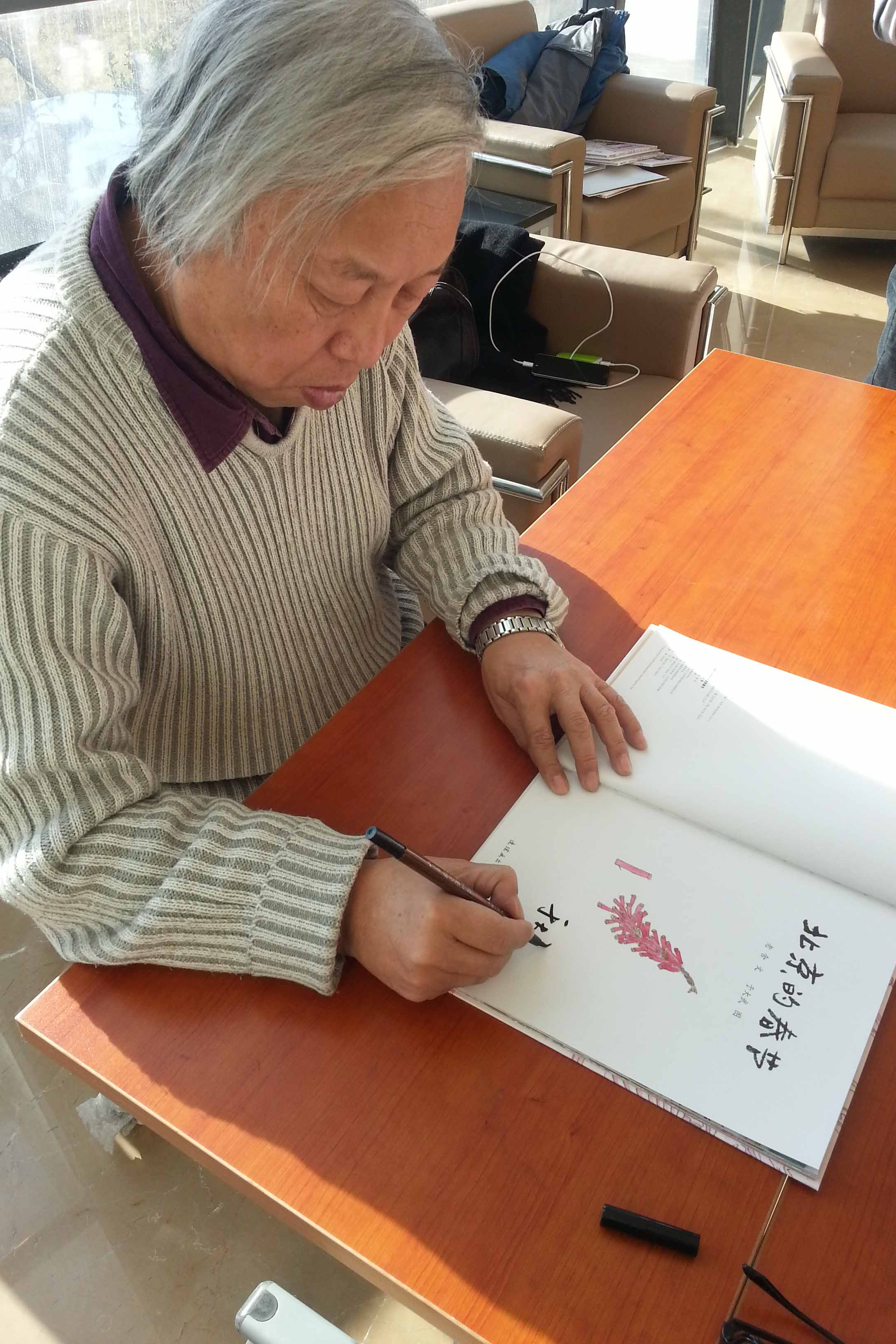
Painter Yu Dawu signs an autograph for his picture book Spring Festival in Beijing.[Photo/China Daily]
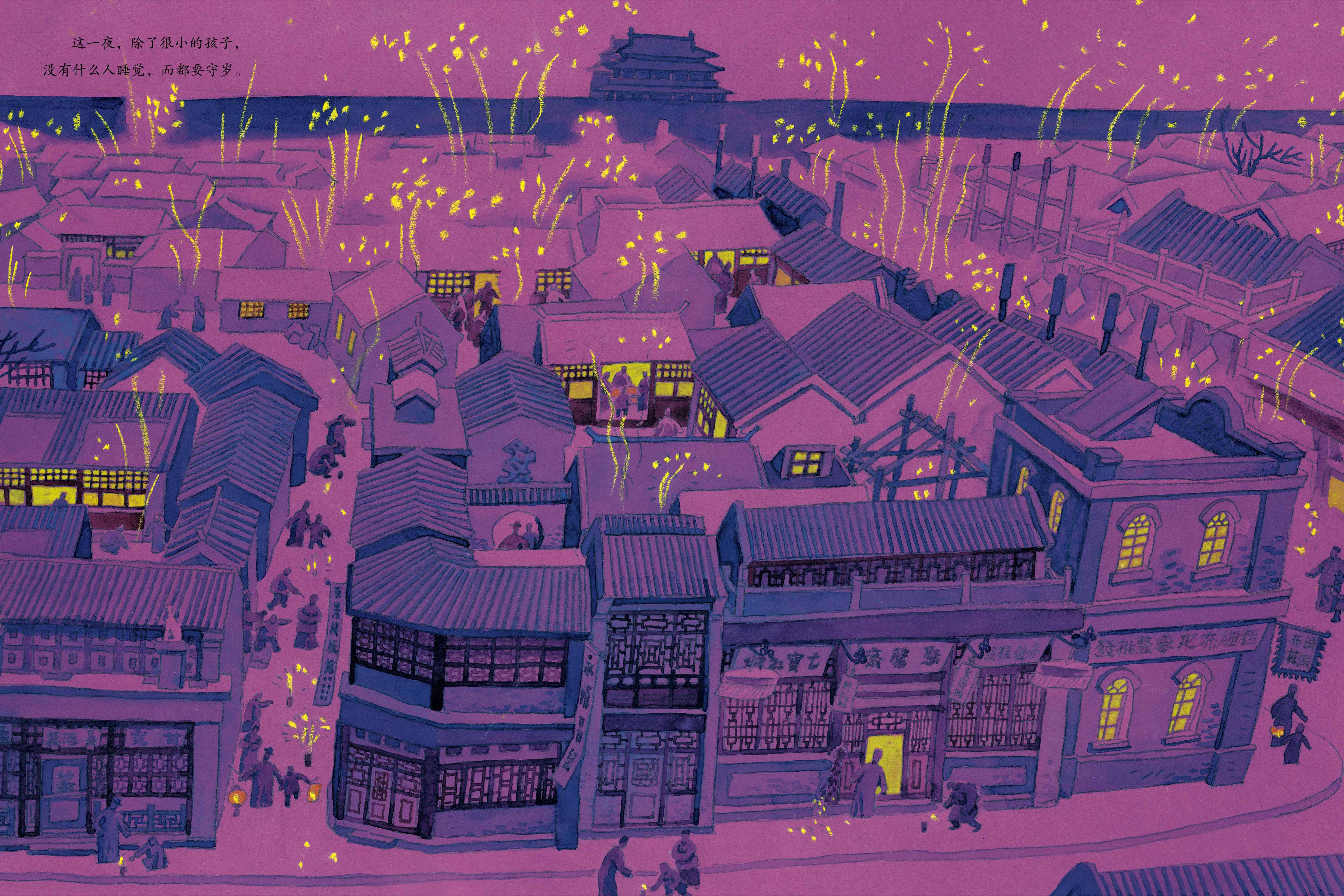
“I am an old Beijinger, so when I was drawing and painting for this book, the memories of childhood rushed into my mind,” recalls Yu at a book-sharing party earlier this week.
“The Spring Festival was a favorite time for children: We posted handwritten couplets on both sides of the door, paper-cut with traditional images on the window, and we set off firecrackers, put on new clothes, and went to the temple fairs where there were all kinds of toys and snacks.”
Yu’s drawings revive the capital’s old look: the city wall, gate towers and many fading trades such as puppet shows and a knife-sharpening stall.
Although the festival in Beijing is not as lively as it used to be, Yu believes the holiday’s core concept hasn’t change: “Family reunions and the earnest hope for a better life in the coming year remain the same.”
Illustrating the book took Yu half a year, but the collection of materials began much earlier.
“I like roaming in the hutong in Beijing, and drawing some sketches or taking photos when I come upon beautiful scenes,” says Yu, who grew up in a hutong near one of the city’s northern gates, Andingmen.
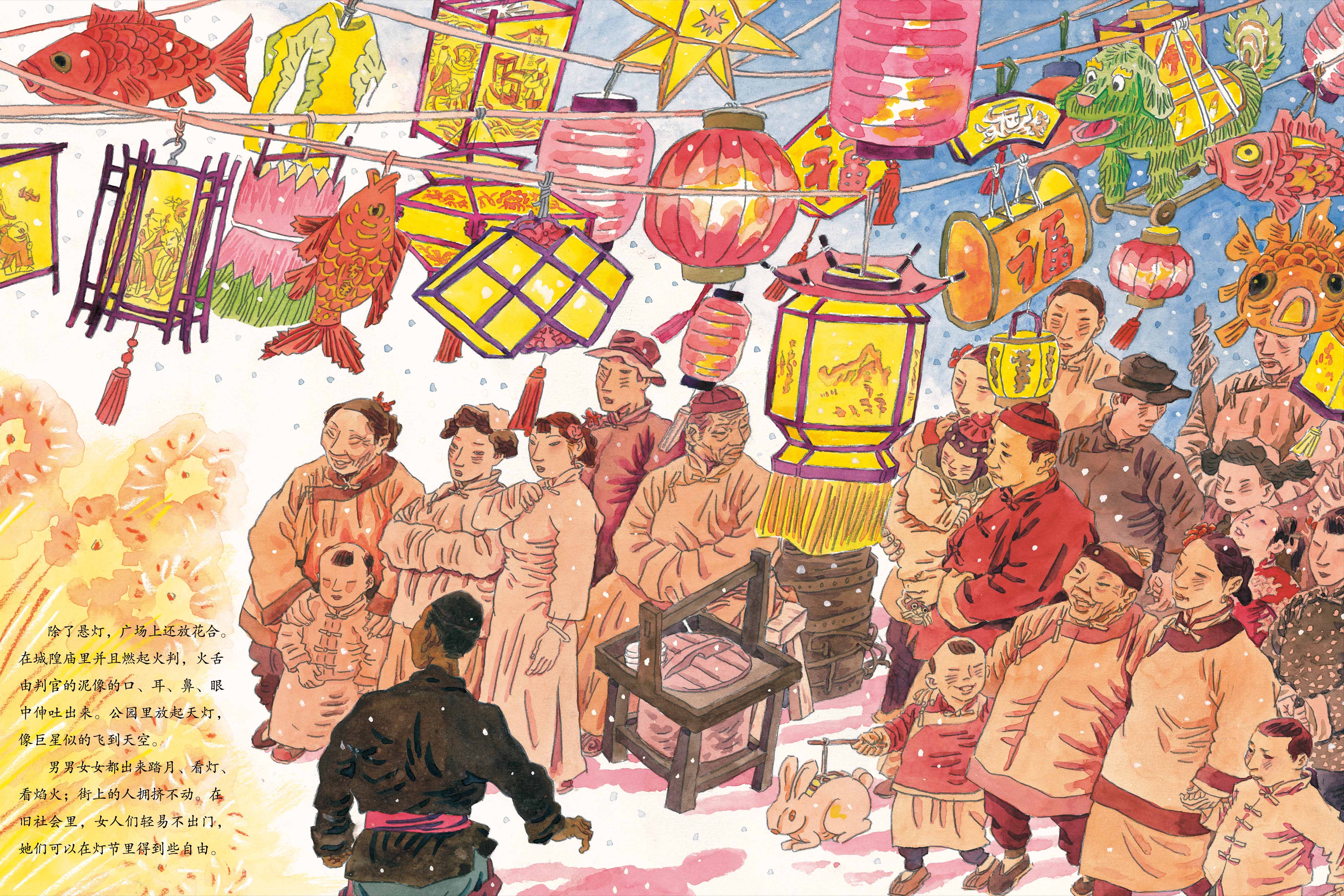
Yu learned traditional Chinese painting as a child, and became a painter and editor for children’s book at People’s Fine Arts Publishing House in 1978.
As an old Beijinger, his favorite theme is the city’s culture. He published another picture book, Beijing-the City on the Central Axis, in 2012, in which Yu drew the city from a bird’s-eye view from the south to the north, from spring to winter, and from ancient to modern times.
For his next book, Yu plans to paint hutong, the intricate small alleys that once sprawled in the city’s downtown area. Many have been demolished due to urbanization and the city’s renovation program.
“It’s inevitable that some traditional things disappear as time passes,” says Yu. “It’s my pleasure to pass on the culture to future generations with my brush.”
